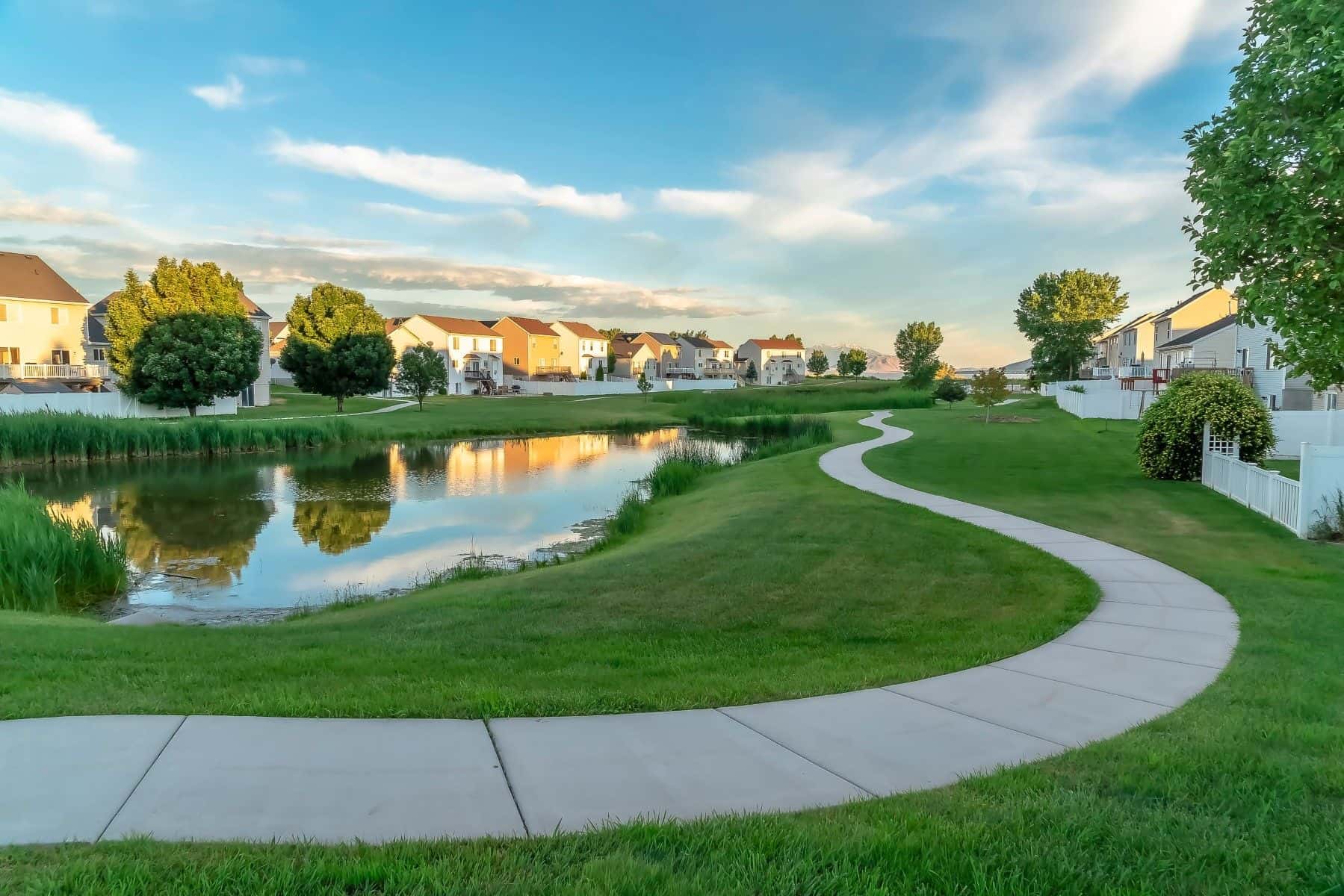Flooding Crisis Leads to Allegations of Negligence in Retention Pond Maintenance
A community faces severe flooding aftermath, questioning the engineering and maintenance of retention ponds designed for flood mitigation. An expert is sought for evaluation.
Updated on
Case Overview
This case centers on a community significantly affected by severe flooding due to a natural disaster. Following a major weather event, many residents found their properties submerged under several feet of water. Allegations have been made that the retention ponds, which were purportedly designed to mitigate flood risks, were either not constructed according to code or not adequately maintained to handle extreme weather conditions. This situation raises critical questions about the engineering standards and regulatory compliance related to retention pond construction and maintenance. The plaintiff seeks an expert with a specialized background in retention pond engineering to review the case, conduct an inspection, and provide a detailed report on the findings.
Questions to the Environmental Engineering expert and their responses
Please describe your professional background in engineering, specifically as it pertains to retention pond engineering and maintenance.
I hold a Ph.D. in hydraulic engineering and I am certified as a professional hydrologist by the American Institute of Hydrology. Retention basins are now ubiquitous in urban and suburban landscapes, so problems with their design and maintenance often arise. I have a strong background in hydrology and hydraulic engineering that enable me to analyze these problems.
Briefly, what are the necessary steps to maintain a retention pond to ensure it can withstand an extreme weather event?
A retention basin must be maintained reasonably clear of debris, sediment, and large vegetation to function as designed under a large weather event. The drainage structure must be free from blockage and the structure and the dam must be free from significant leaks and seepage. The basin and drainage structure must be sized to handle inflows from the designed precipitation event.
About the expert
This expert has over 40 years of experience in water resources and environmental engineering and is a leading authority on stream and river restoration. He earned his BS in mathematics at Harding University, his MS in environmental and water resources engineering at Vanderbilt University, and his PhD in hydraulics from Colorado State University. He is a certified professional hydrologist, a registered professional engineer, and a member of the American Society of Civil Engineers, the Environmental And Water Resources Institute, and the American Academy of Water Resource Engineers. His research focuses on the response of fluvial systems to human influences and the development of environmental design criteria for all types of channel stabilization and modification projects, including streambank erosion controls and management of riverine backwater. He has authored or co-authored more than 300 technical publications and has completed consulting projects dealing with stream restoration, erosion protection of riparian cultural resources sites, streambank erosion, geomorphic assessment, and local flooding. Formerly, this expert served as a hydraulic engineer and research civil engineer at the US Army Corps of Engineers and as a research hydraulic engineer at the US Department of Agriculture. Currently, he serves as an adjunct professor of civil engineering at a major research university in Mississippi, as the principal and hydraulic engineer at a hydraulic engineering consultancy, and as a hydraulic engineer at a California engineering firm.

E-102078
Specialties:
Subscribe to our newsletter
Join our newsletter to stay up to date on legal news, insights and product updates from Expert Institute.
Sign up nowFind an expert witness near you
What State is your case in?
Subscribe to our newsletter
Join our newsletter to stay up to date on legal news, insights and product updates from Expert Institute.


